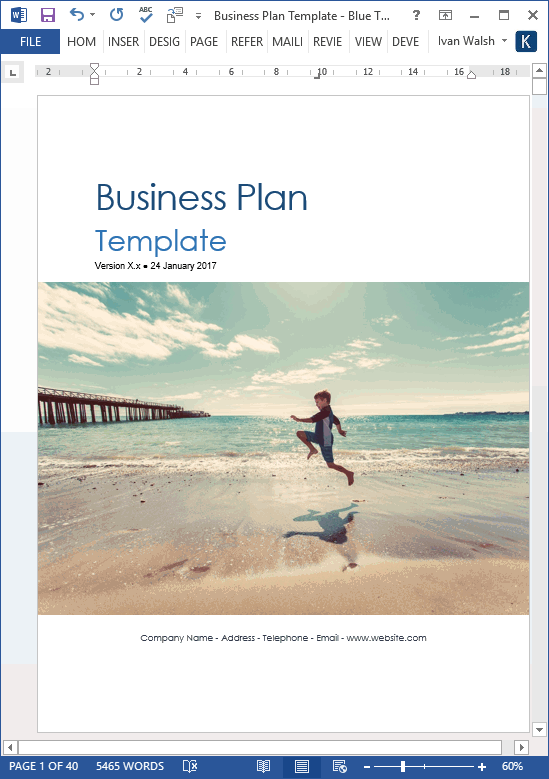Business Plan Templates
21 Executive Summary Writing Tips
Summary: An Executive Summary is one of the most challenging types of writing. This short document requires structure, planning, and persuasion.
This Klariti tutorial will explain how to write an executive summary that gets your reader’s attention, highlights your unique point of view, and encourage the reader to examine the main document, typically a business plan, proposal, or plan.
21 Executive Summary Writing Tips
To write an executive summary, use the following guidelines:
- Active voice. Use active verbs instead of ‘to be’ verbs. For instance, “the project achieved its goals” instead of “project goals were achieved.”
- Avoid ambiguity, puns, or clever wording. Say exactly what you intend to say.
- Avoid phrases, such as, ‘As it’s well-known…’ or ‘As everyone knows…’ The reader may not agree.
- Charts help compare trends, research findings, or information best presented in this format.
- Cut the fat. Remove needless words, phrases, and sentences. Purge clichés and overused buzzwords.
- Examples help the reader understand the problem and proposed solution. Don’t talk over their head.
- In each paragraph, introduces the topic of the paragraph in the first sentence. This is the topic sentence.
- In the last sentence summarize what you’ve discussed, the bridge to the next paragraph.
- Numbers. Make numbers easy to read at a glance. Round them off if possible ($10.3 million instead of $10,36.556).
- One idea or topic per paragraph. Check that each point flows from one to the next.
- Parallel construction of sentences
- Present tense, if possible. Avoid using the conditional, such as if, shall, will and so on. The exception may be, for example, when you discuss how you market research findings or other activities that occurred in the past.
- Proofread – start at the last line and read up to the top. Read it aloud. If you notice you have to slow down, this means the text could be refined.
- Remove jargon and acronyms. If a technical word is necessary, explain it to the reader.
- Short sentences. Keep to 15-20 words.
- Short words, if possible. However, use the correct word each time. If a longer word is more accurate and meaningful, then use this instead. These are guidelines, not rules.
- Spell check. Make sure the spell checker is for the correct language, otherwise you color and colour may both appear in the text.
- Subject and verb should be as close as possible. One suggestion is to avoid sub-clauses. If possible. Aim for short sentences.
- Use a friendly tone, but not too chummy.
- Use direct, positive language. Put statements in positive form.
- Write in natural, everyday language. Avoid stuffy, halting sentences.
[Learn more about these Business Plan templates here]


